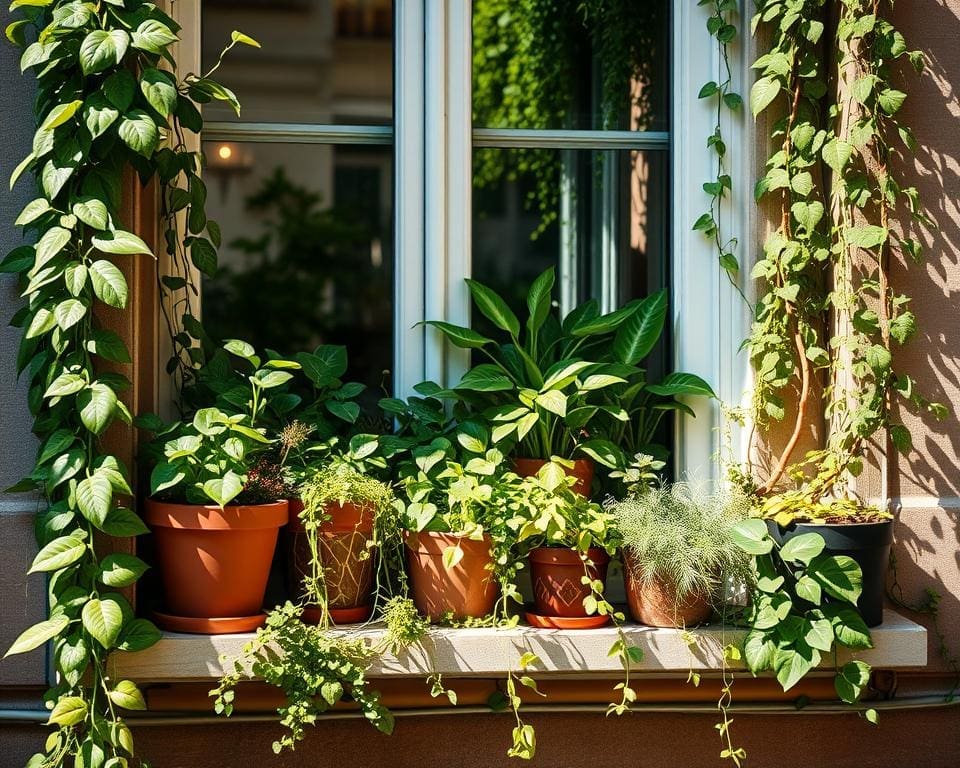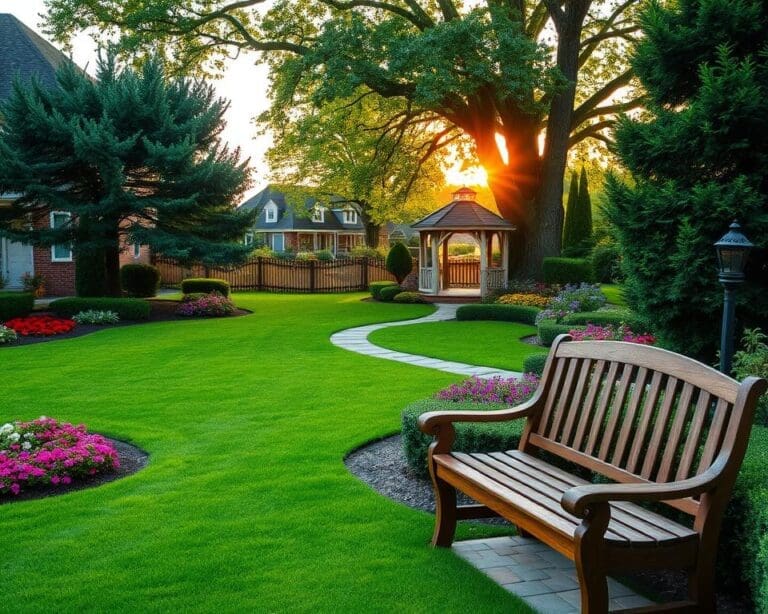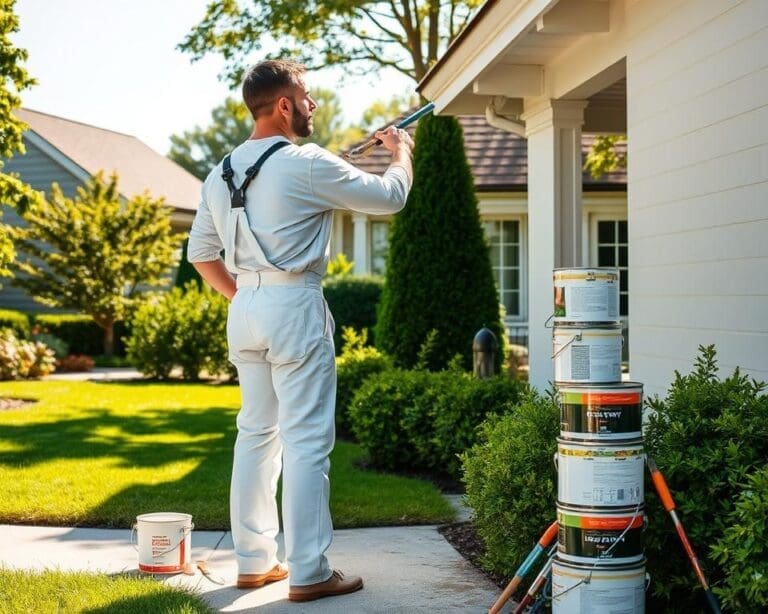In urban environments, the quest for green space often feels elusive, yet it is essential for our well-being. As cities expand and natural landscapes diminish, one must consider the potential of transforming often-overlooked areas, such as windowsills, into verdant havens. Does green space begin on your windowsill? Absolutely! Indoor plants not only offer a touch of nature amidst concrete, but they also contribute to a serene atmosphere that enhances quality of life. By embracing urban gardening, even the smallest spaces can bloom, inviting positivity and fostering a deeper connection with nature.
The Concept of Green Space in Urban Living
In an age where urban living dominates, the concept of green space becomes essential for fostering a balanced lifestyle. The integration of nature within the city framework can significantly enhance the quality of life for residents. Understanding the importance of nature in urban settings reveals not only aesthetic benefits but also profound impacts on overall well-being.
Importance of Incorporating Nature into City Life
Urban environments often prioritise development over natural ecosystems. Recognising the importance of nature cannot be overstated. Incorporating green spaces into city life serves numerous purposes:
- Providing a refuge from the hustle and bustle of urban living.
- Encouraging physical activity and outdoor engagement.
- Fostering community ties through shared environmental spaces.
This essential connection between humans and the natural world promotes a healthier, happier society. Urban planners and residents alike must appreciate the value of cultivating more green spaces within bustling metropolitan areas.
Benefits of Green Spaces on Mental Health
Studies reveal the mental health benefits linked to access to green space. Regular interaction with natural environments can:
- Reduce stress levels, leading to improved emotional wellness.
- Enhance mood and decrease feelings of anxiety and depression.
- Increase creativity and promote focus.
Green spaces provide an oasis where individuals can seek solace, recharge, and reconnect with themselves. The transformative effects of nature not only elevate personal health but also contribute to the communal spirit, reinforcing the role of greenery in our lives.

Does green space begin on your windowsill?
Creating a green haven on your windowsill can transform not only your living space but also your mindset. Windowsill gardening offers the chance to engage with nature, even in modest urban settings. This section will explore two fundamental aspects: transforming your windowsill into a mini garden and selecting the right indoor plants that flourish in small spaces.
Transforming Your Windowsill into a Mini Garden
To start your journey in small space gardening, begin by assessing your windowsill’s dimensions and light conditions. An east-facing window provides ample morning sunlight, ideal for many herbs like basil and mint. Utilising pots of varying heights can create a captivating visual appeal. Consider using tiered plant stands or wall-mounted pots to maximise space effectively. Making a mini garden should be a joyful experience, so choose vessels that you love and enjoy tending to.
Choosing the Right Plants for Small Spaces
When selecting indoor plants for your windowsill, opt for varieties that thrive in limited light and compact environments. Succulents such as echeveria and haworthia are excellent choices due to their low maintenance needs. Herbs, like chives and parsley, not only enhance your meals but also add vivid greenery. Small flowering plants, such as African violets, can bring a cheerful touch. Ensure you research each plant’s specific care, including watering schedules and light preferences, to help them flourish in your small space.
Windowsill Gardening: A Beginner’s Guide
Embarking on your journey into windowsill gardening can be both exciting and rewarding. This beginner’s guide is designed to empower you with essential information and tools to cultivate your very own green space indoors. With the right indoor gardening tools and strategies, you can avoid common gardening mistakes while creating an environment that thrives.
Essential Tools and Supplies for Indoor Gardening
Before you get started, gather the following tools and supplies to ensure success:
- Pots with drainage holes to prevent waterlogging
- High-quality potting soil suited for your plants
- Fertilisers to provide essential nutrients
- Watering can or spray bottle for controlled watering
- Plant labels to keep track of different varieties
Step-by-Step Guide to Starting Your Indoor Garden
Follow these steps to begin your windowsill gardening adventure:
- Select optimal plants based on your light conditions.
- Prepare pots by adding potting soil and fertiliser.
- Plant seeds or seedlings, ensuring appropriate spacing and depth.
- Place your pots on the windowsill, ensuring they receive adequate sunlight.
- Water according to plant needs and monitor their growth regularly.
Common Mistakes to Avoid When Gardening Indoors
As you delve into windowsill gardening, be mindful of these common gardening mistakes:
- Over-watering plants, which can lead to root rot
- Neglecting to assess light conditions before choosing plants
- Using improper soil that lacks drainage
- Placing plants too close together, hindering growth
Choosing Indoor Plants for Small Spaces
Creating a vibrant indoor garden in limited space can seem challenging, but with the right choices, it transforms into an enjoyable experience. Selecting indoor plants that thrive in small areas and under less-than-ideal lighting conditions is key. Focus on low maintenance gardening to make the process manageable and stress-free. Here are some fantastic options for houseplants that fit this criteria.
Best Houseplants for Low Light Conditions
When it comes to low light plants, several varieties stand out for their resilience and beauty. Consider adding the following plants to your collection:
- Pothos: Known for its trailing vines and heart-shaped leaves, this versatile plant thrives in various light conditions.
- Snake Plant: An excellent choice for beginners, it requires minimal care and tolerates low light effectively.
- Peace Lily: Offers stunning white blooms and can flourish in shadier locations, making it a popular choice among houseplant enthusiasts.
Low Maintenance Plants for Busy Individuals
For those with hectic lifestyles, choosing low maintenance plants is essential. The following options enable busy individuals to enjoy greenery without extensive care:
- ZZ Plant: This hardy plant can survive in low light and requires infrequent watering, making it perfect for modern living.
- Spider Plant: Known for its air-purifying qualities, the spider plant is resilient and can thrive in various environments.
- Cast Iron Plant: True to its name, this plant can endure neglect, low light, and poor soil while still maintaining its charm.
Urban Gardening: Elevating Your Living Space
Urban gardening presents an exciting opportunity to transform limited spaces into vibrant green havens. By harnessing vertical gardening techniques, even the tiniest apartment can host a lush assortment of plants. This approach maximises every inch, converting bare walls and narrow ledges into botanical displays. Consider the creative possibilities of adding shelves, hanging pots, and wall-mounted planters to your space.
Creative Ways to Utilise Vertical Space
Vertical gardening allows gardeners to explore innovative solutions for tight quarters. Employing a few clever strategies can significantly enhance the visual appeal of your living area:
- Install wall-mounted planters to showcase cascading greenery.
- Utilise tiered shelving for a dynamic display of colourful flowers and foliage.
- Hang pots from the ceiling or rafters to create a stunning overhead garden.
- Incorporate trellises to support climbing plants, adding height and interest.
Integrating Edible Plants into Your Windowsill Garden
Embracing edible plants in windowsill gardening not only provides aesthetic charm but also enriches culinary experiences. Herbs such as basil, parsley, and chives thrive in compact spaces, making them perfect companions for any kitchen. Dwarf vegetables, like cherry tomatoes and peppers, can flourish on sunny windowsills, bringing a delightful freshness to meals. By integrating these plants into your green oasis, you create a practical, edible landscape that enhances both taste and health.
The Joy of Growing Plants Indoors
Engaging with indoor plants brings an unparalleled joy of gardening into everyday life, transforming modest spaces into vibrant sanctuaries. The act of nurturing greenery within your home fosters a deep connection to nature, offering a fulfilling escape from the hustle and bustle of urban living. As you cultivate your personal mini garden, the satisfaction derived from watching your plants thrive is immensely rewarding.
The benefits of growing plants indoors extend far beyond aesthetics. Scientific studies have highlighted the therapeutic effects of indoor gardening, indicating that nurturing plants can significantly reduce stress and anxiety levels. This connection to nature promotes emotional well-being, creating a serene environment where one can unwind and rejuvenate after a long day. Each leaf that unfurls or bloom that blossoms serves as a testament to your care and dedication.
As you reflect on your indoor gardening journey, consider the peaceful joy that comes from turning a simple windowsill into a flourishing space. The act of caring for your plants not only beautifies your surroundings but also nurtures your mental health. Embrace the notion that green spaces can indeed begin on your windowsill, inviting the essence of nature into your urban lifestyle and enriching your life in profound ways.









